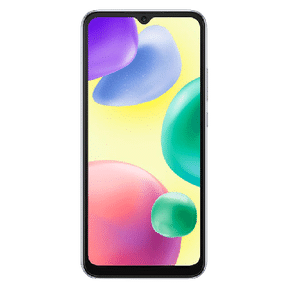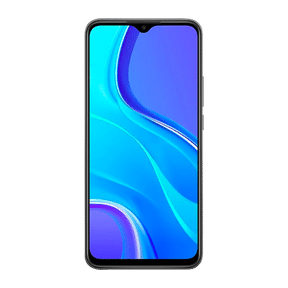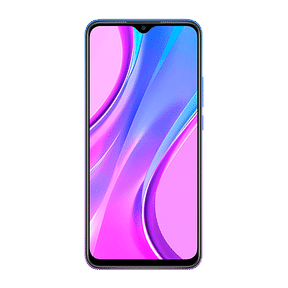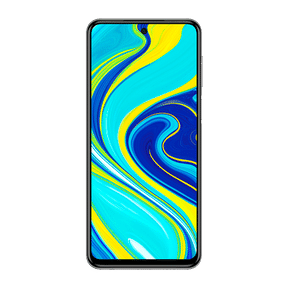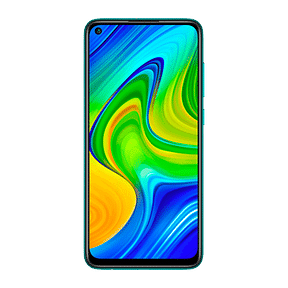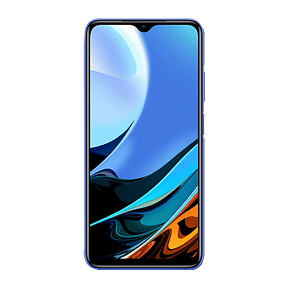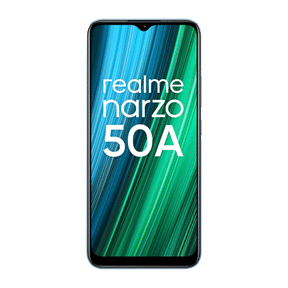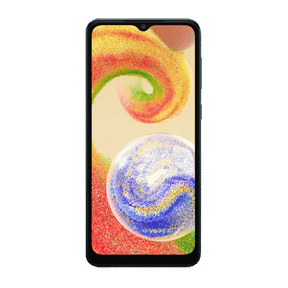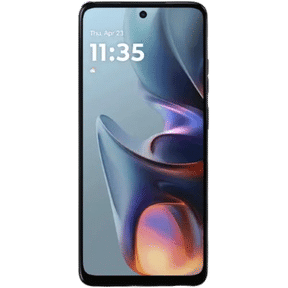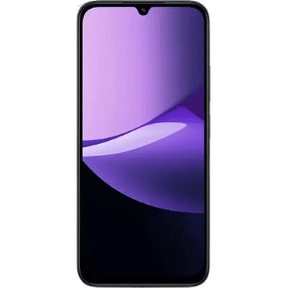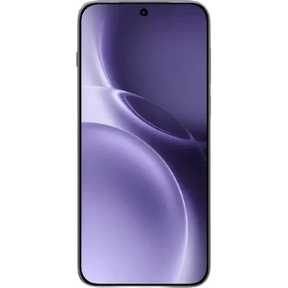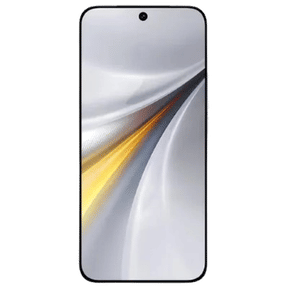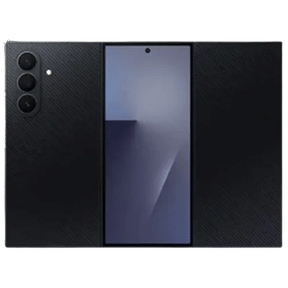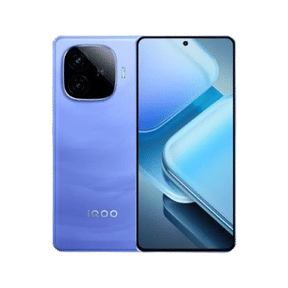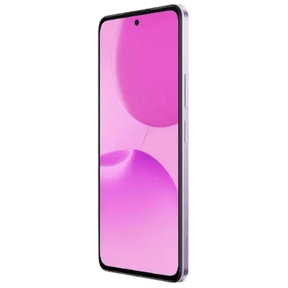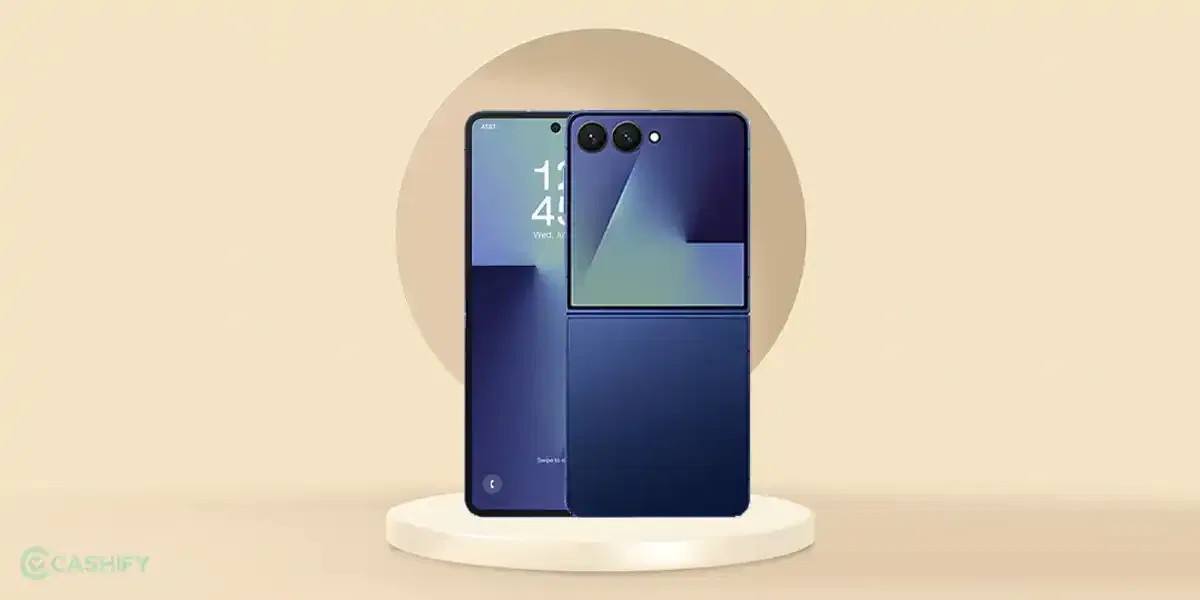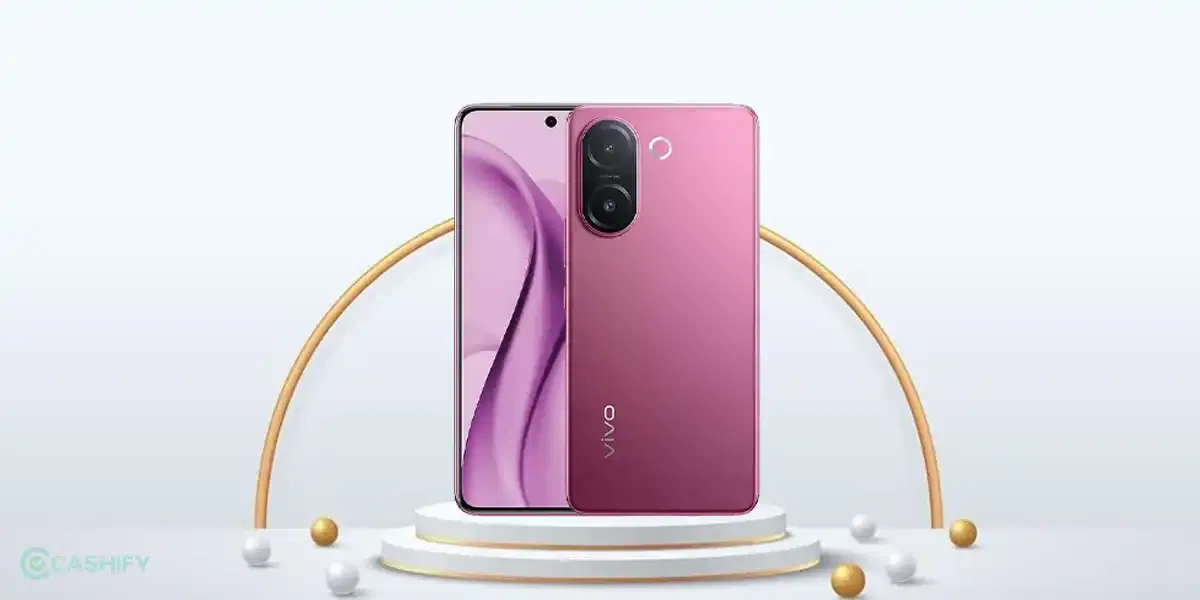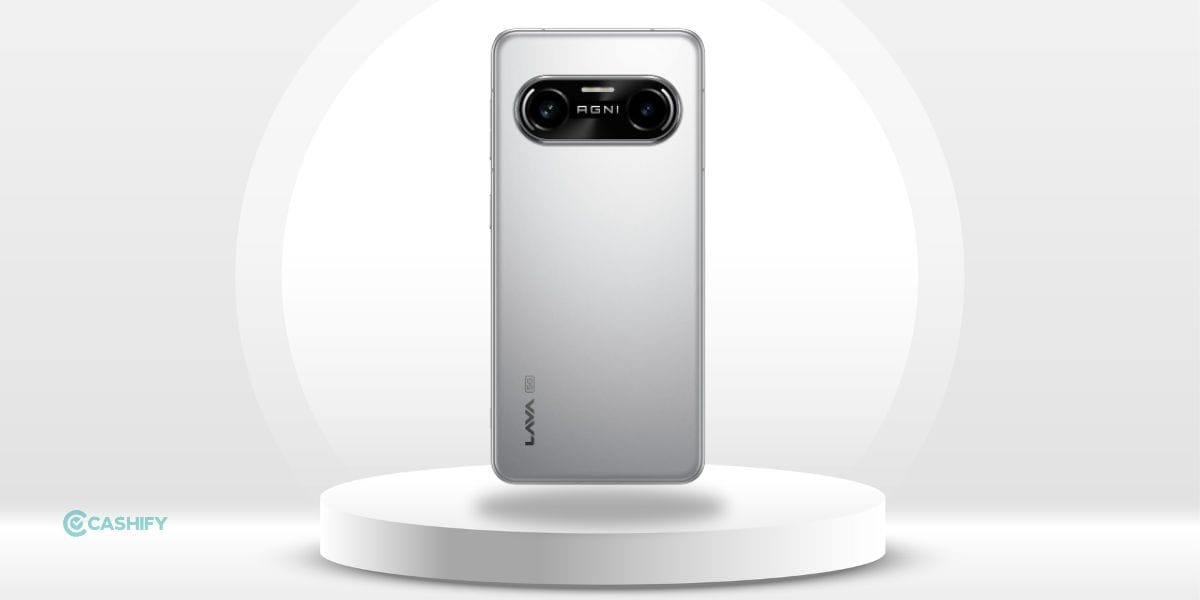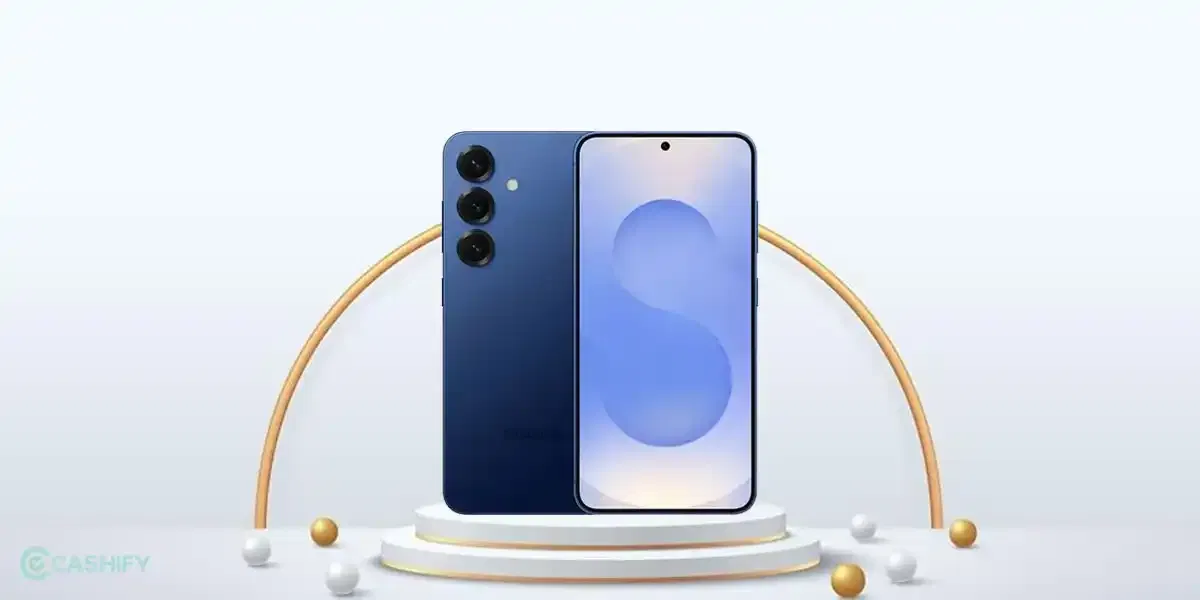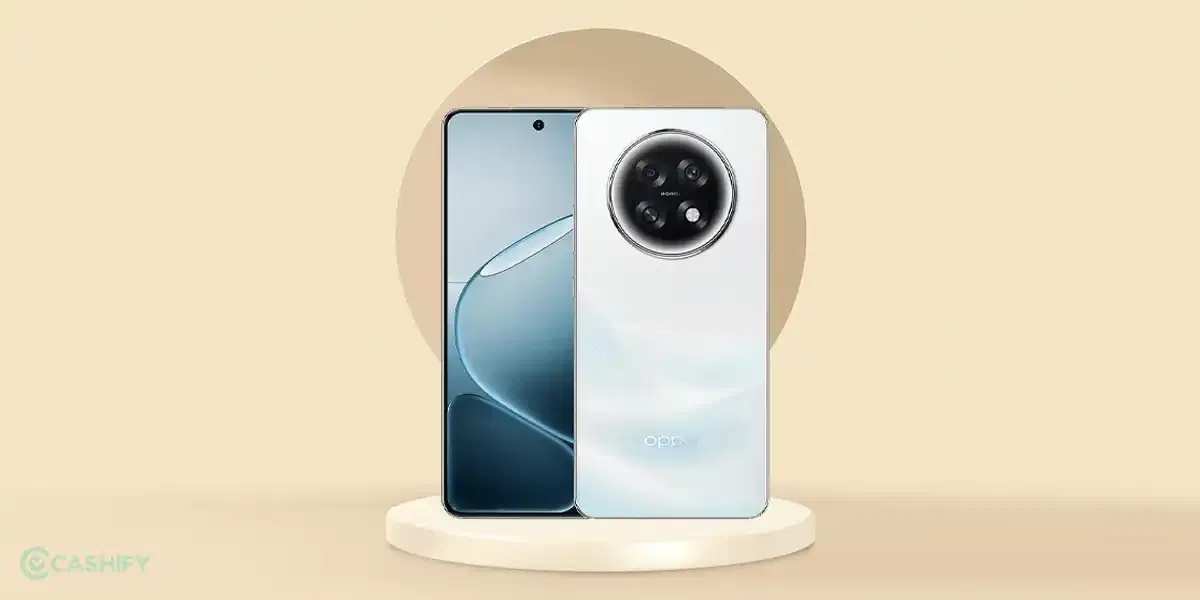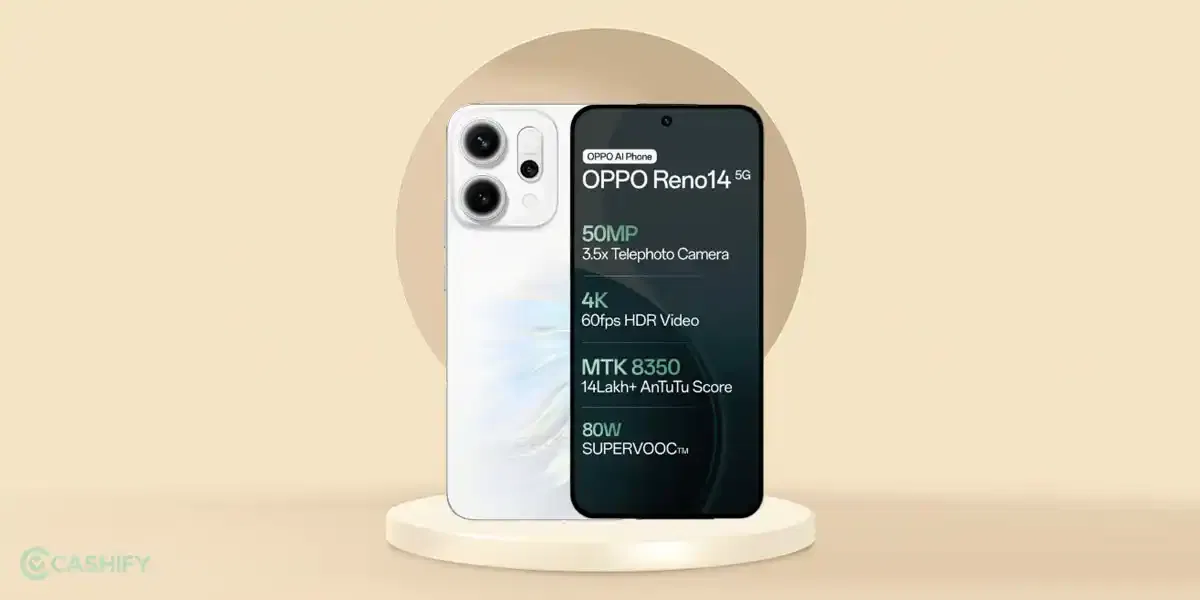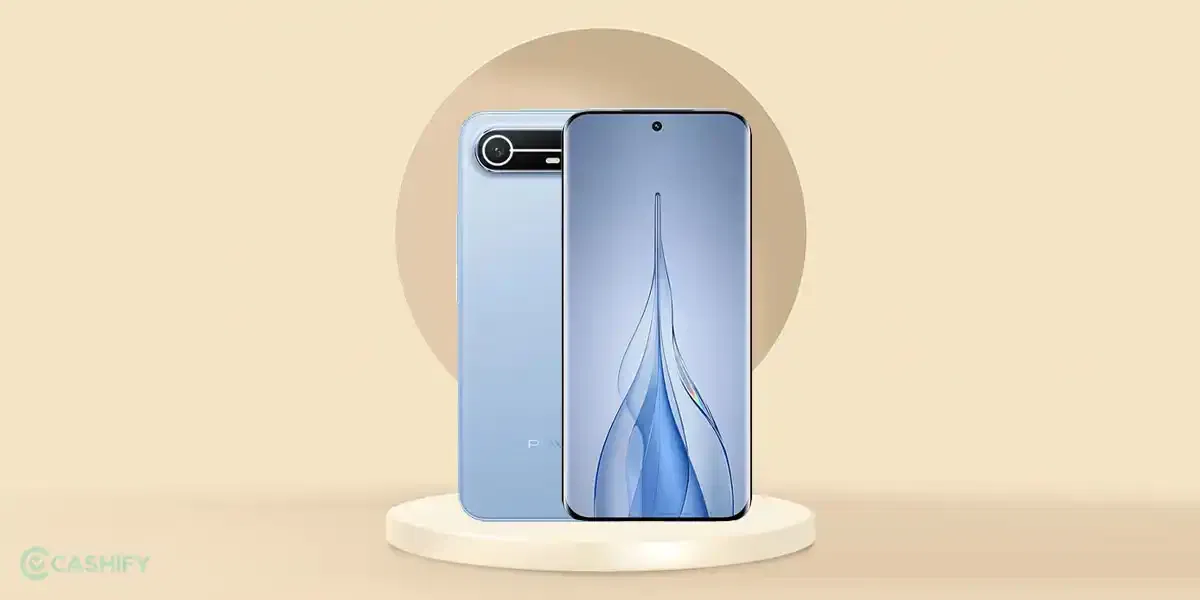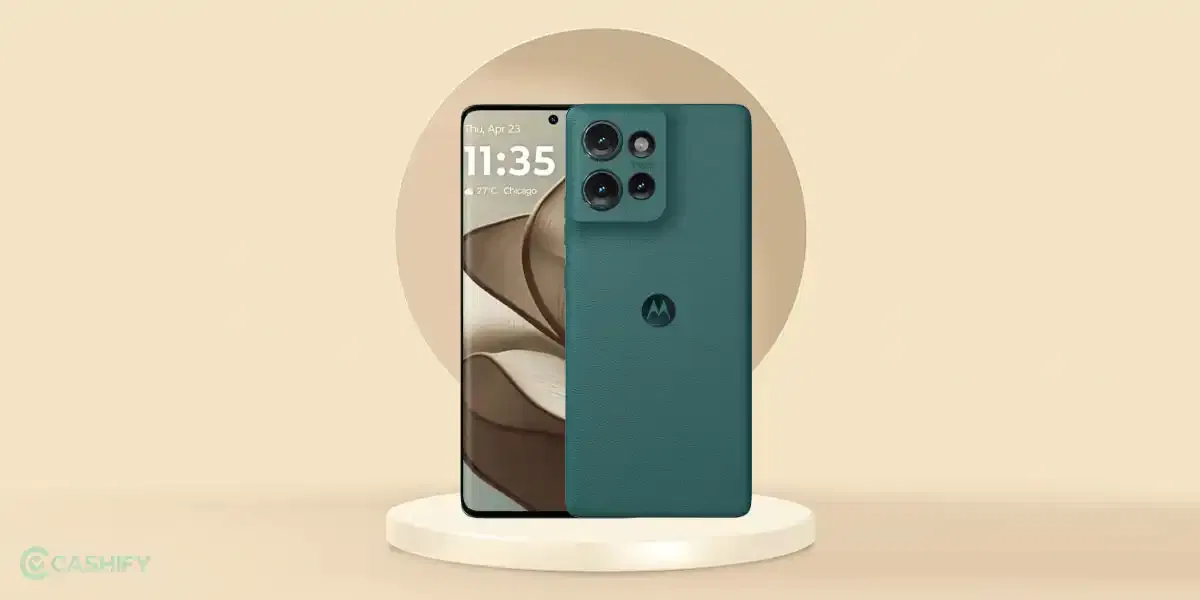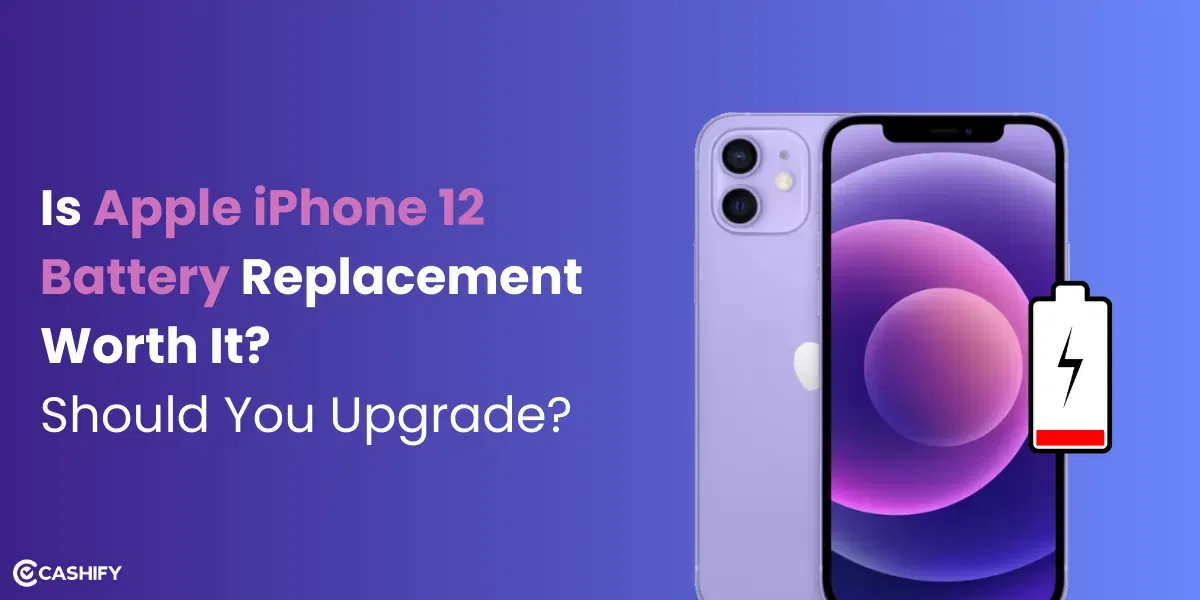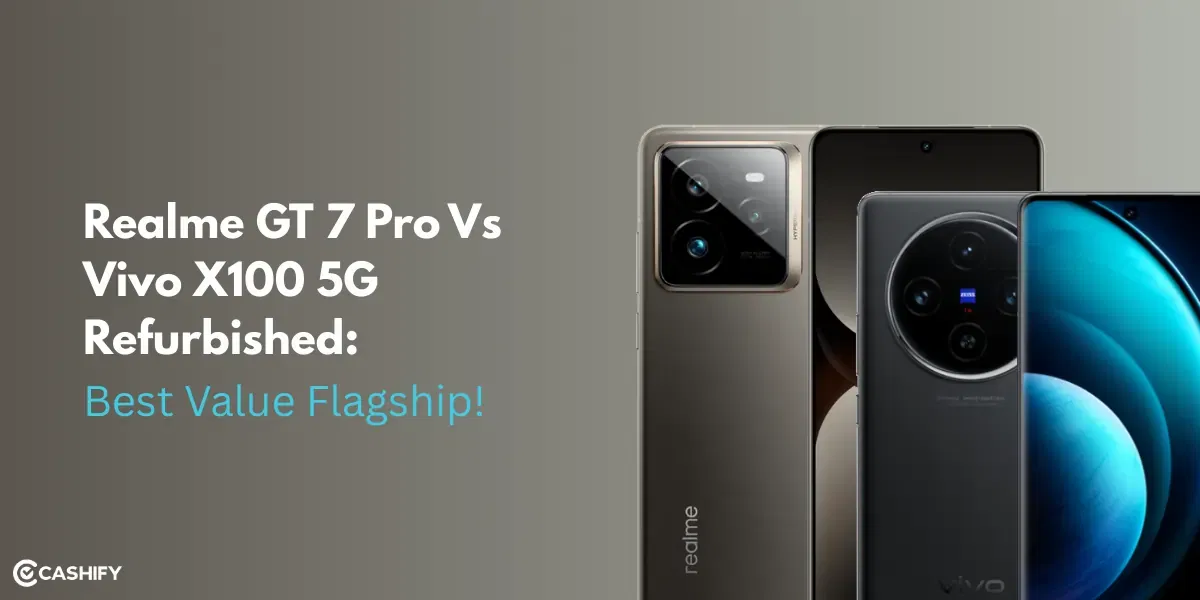
Score
Vivo V7

The Vivo V7 has a 5.7-Inch HD+IPS Display screen with a 2.5D Corning Gorilla Glass protection and an HD+ resolution of (1440 x 720p). However, it is the 18:9 display ratio that stands out in the narrow bezel design in the eyes of the users – since there are many other phones currently that has a Full HD screen resolution. It also comes with a 1.8GHz Octa Core Qualcomm Snapdragon processor at 4GB RAM and internal memory of 32G which can be expanded up to 256GB — packed with the perfect 24MP selfie camera with f/2.0 aperture and the 16MP rear camera with f/2.0 aperture – the camera set yields some of the best looking photos in the price range.
Apart from all that, the Vivo V7 also comes with a 3,000mAh battery that can last up to a day and support various connectivity features like 4G VoLTE, WiFi, Bluetooth 4.2, GPS, 3.5mm Audio Jack, micro USB 2.0, Fingerprint Sensor, etc. That being said, this phone feels hugely overpriced as there have been some of the recent additions of smartphones like the Xiaomi Note 7s which offers 48MP camera below 20,000/-.
About the Product Overview
Though the Vivo V7 is a well-designed, super light and easily usable phone, several other phones in the same price range provides more than all of that which the V7 offers – and at a lower price. Here’s a list of detailed pros and cons of this phone:
Pros:
- Compact Design
- Good Camera setup
- Decent Battery Life
Cons:
- No Full HD Display
- Camera Struggles in Low Light
- Overpriced
Overall, it can be said that the Vivo V7 was the industry leader when it comes to its stellar cameras, but now it has been overshadowed by the several other brand competitors like Redmi Note 7s, etc. It can still be a good purchase for the Vivo purists, given its track record of excellent cameras.
